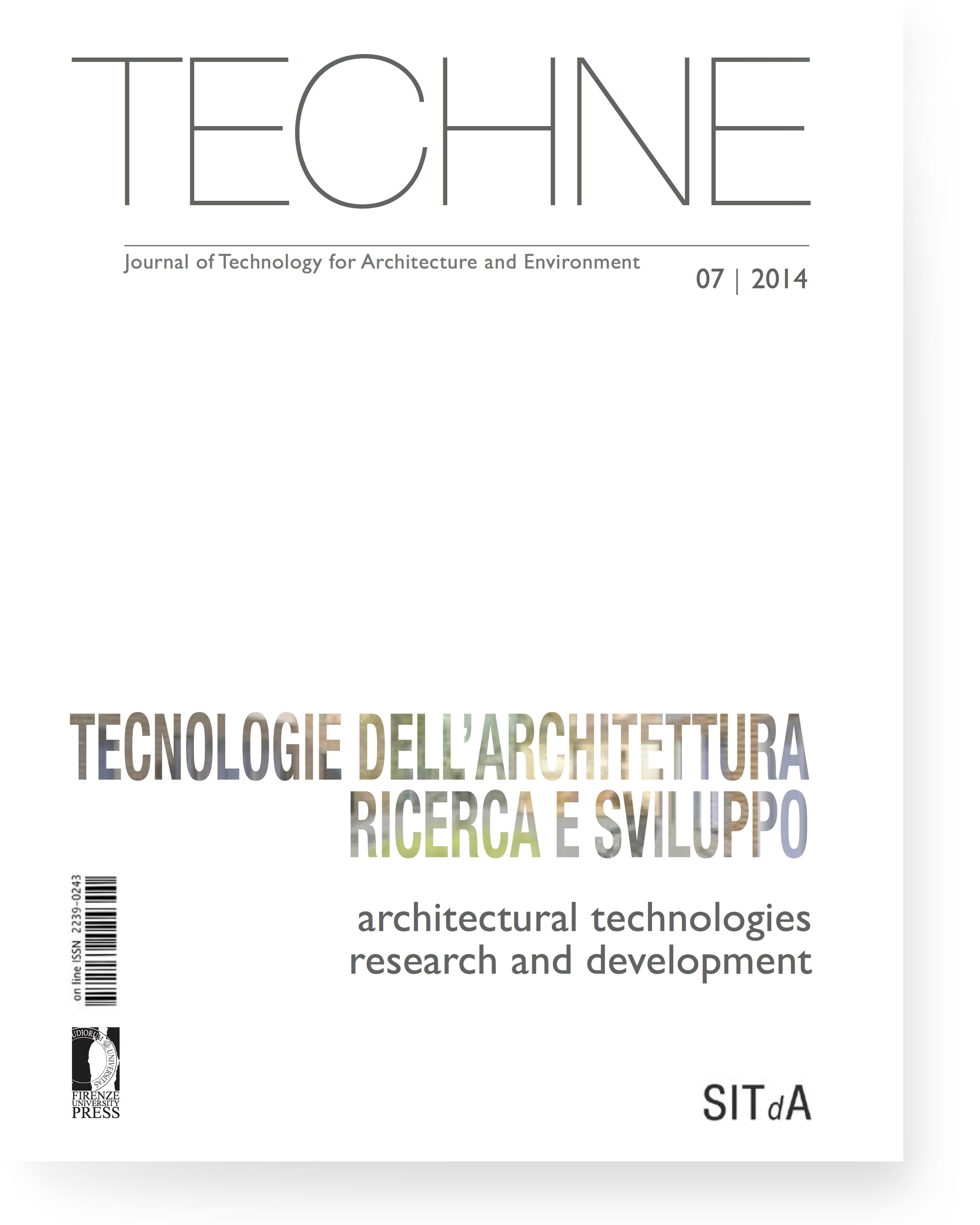Protecting the historic centre of Venice. A coordinated analysis of the physical and perceived wear processes to define mitigating actions
Published 2014-05-21
Keywords
- Historic Center of Venice,
- UNESCO Management Plan,
- Protection and conservation of heritage,
- Wear factors
How to Cite
Abstract
The research aims to identify "physical" and "perceptual" wear factors of the historic center of Venice (with particular attention to the effects of anthropogenic pressure related to the phenomenon of tourism) and to assess the damages they could produce to identify criteria and tools of mitigation and control. Research is part of the Action Plan "Protection and conservation of the heritage", established by the Plan of Management for the UNESCO Site of Venice and its Lagoon. Through a systemic reading and analysis of the forces of change in place, this study identifies the " macro-emergencies", i.e. the main factors that adversely affect the site’s safeguarding. The research project "Evaluation of wear processes and critical factors of the City of Venice and its lagoon, and its impact on the site’s protection" is part of the actions set out by the Management Plan of the UNESCO site of Venice and its Lagoon. The main objective of the project is the identification of physical and perceptual factors of wear, which threaten the conservation of the historical and artistic heritage of the historic center of Venice, with a particular focus on the effects of anthropogenic pressure linked to tourism, and the evaluation of their level of danger. A further objective is the recognition of measurable parameters (indicators) for monitoring and, subsequently, mitigation strategies for the most significant phenomena.






